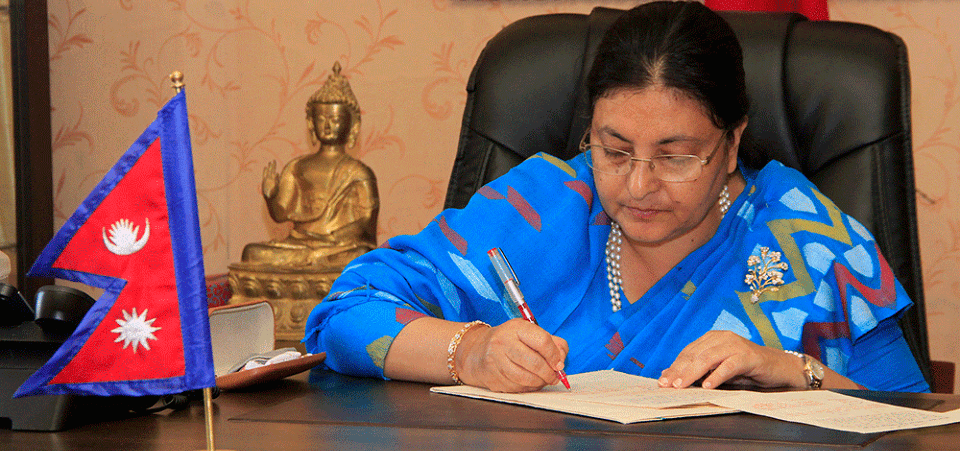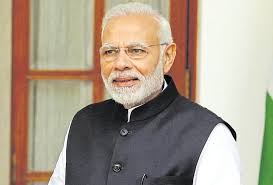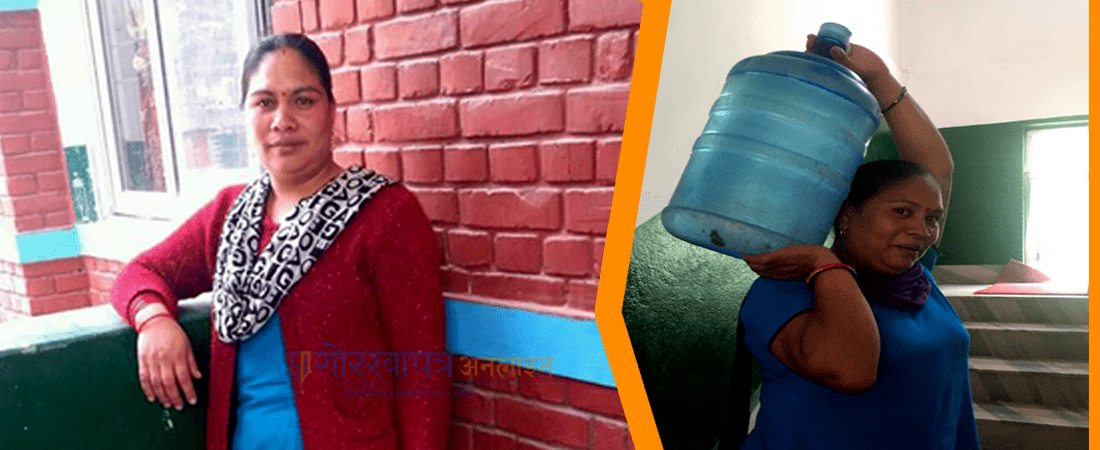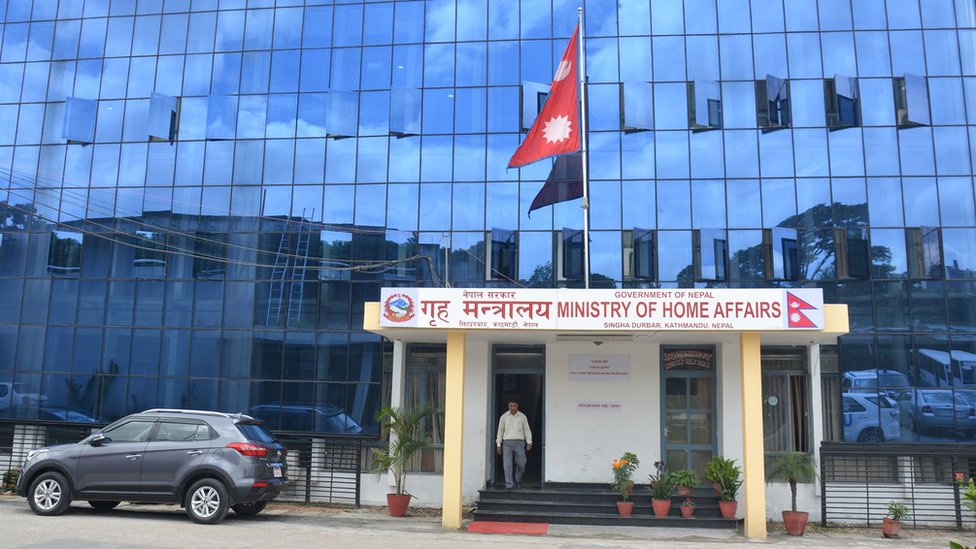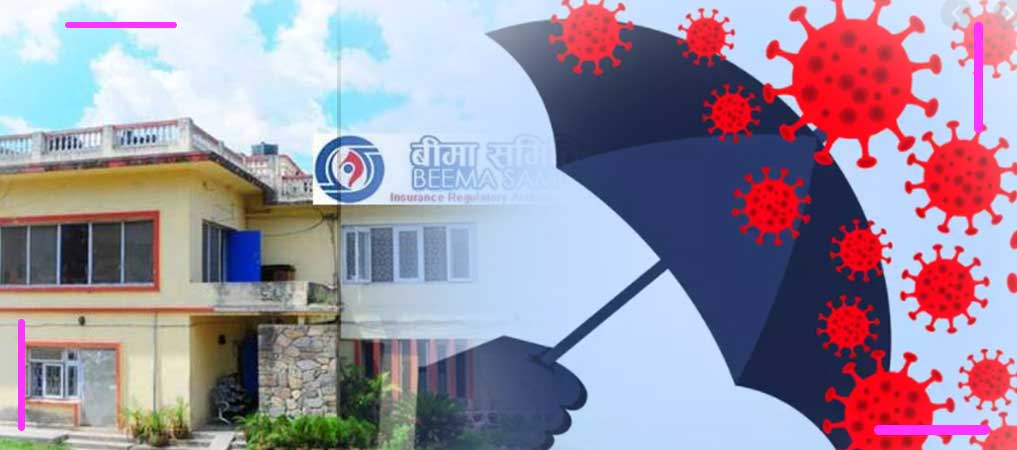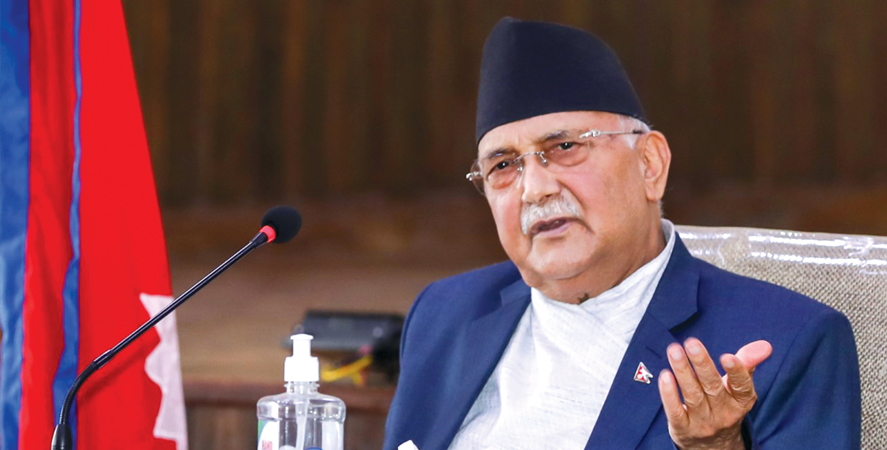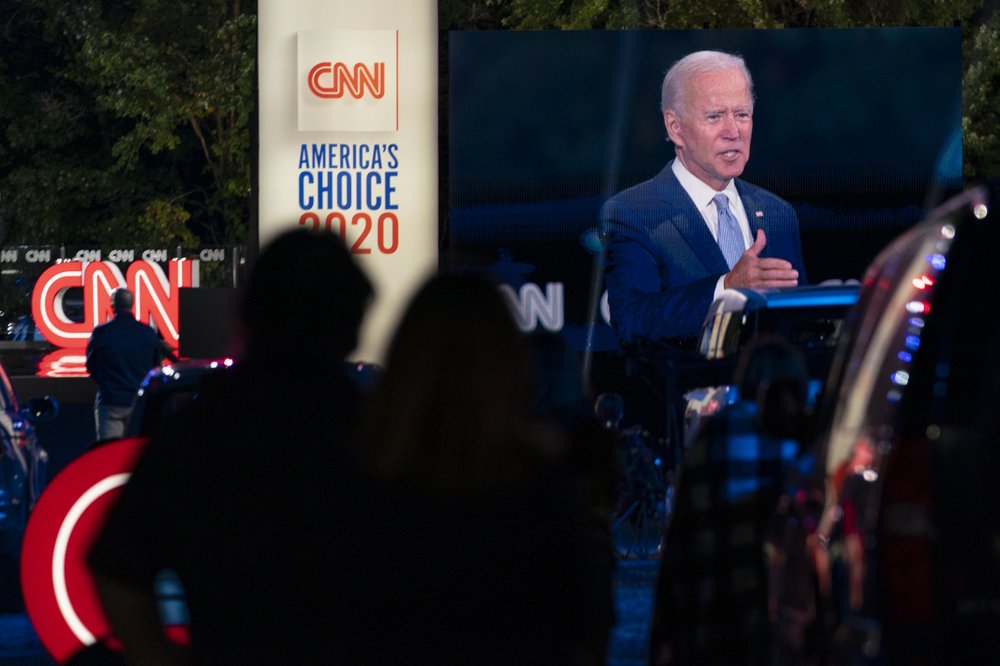Alarming Air Pollution
As the threat of the COVID-19 pandemic appears to be subsiding in the country, it is now grappling with another serious environmental problem. The Kathmandu Valley has now become the world’s most polluted city in terms of its air quality, a negative title with dangerous consequences for the health of the people. According to the news report of this daily, air pollution in the Valley reached the highest level among the cities across the globe on Monday and Tuesday. Its Real-Time Air Quality Index (AQI) crossed 400 on Tuesday, as recorded by the Department of Environment under the Ministry of Forest and Environment. This index is 15 times higher than the WHO-set standards. Biratnagar and Nepalgunj have also registered over 300 AQI on the same days. In previous years, the air quality index used to be around 190 during winter.
The Valley has suffered the worst air pollution in its recorded history at a time when the nation has plunged into multiple crises ranging from pandemic to political unrest, which can further amplify the medical trouble and physical suffering of the people. Experts say the air pollution adds additional risk to the people with Chronic Obstructive Pulmonary Disease (COPD), asthma and COVID-19 infections, and those with respiratory problems. In view of the possible health hazard of the air pollution, the department has also urged the people not to come outside in the morning and evening unless there is an urgency. It is wise to abide by the department’s advice as we are in the midst of harsh winter that only increases the cold-related ailments.
It is quite puzzling that air quality has declined disastrously in the aftermath of the extended lockdown which led to the closure of most of the industries, schools and vehicular movements. The current level of air pollution has been largely attributed to waste burning that remains high during the winter. Similarly, the temperature is trapped during the winter season and dust particles remain suspended in the air. In addition, smoke and dust, generated by vehicles, industries like brick kilns and cross-border factories have also polluted the air.
In order to minimise the critical level of air pollution, the government needs to step up measures which include promoting green technology, and banning the open burning of waste and operation of old vehicles. It should implement Kathmandu Valley Air Quality Management Action Plan-2020 to ensure people’s fundamental right to live in a clean and healthy environment. The Action Plan has provisions such as reducing outdoor pollution generated or emitted by transport and construction sectors, cutting indoor pollution, increasing awareness about the impacts of air pollution on public health and developing a decision support system for air quality management.
The government should work towards better management of household and agricultural waste in an eco-friendly manner. The Plan allows it to declare a public health emergency if the AQI exceeds 300. About a year back, a health emergency was declared in New Delhi when its air quality went down drastically. Therefore, the government can enforce an array of restrictive steps to improve the quality of air as public health is above all else and the concerned agencies should do everything in their capacity to reduce the alarming level of air pollution.
Recent News
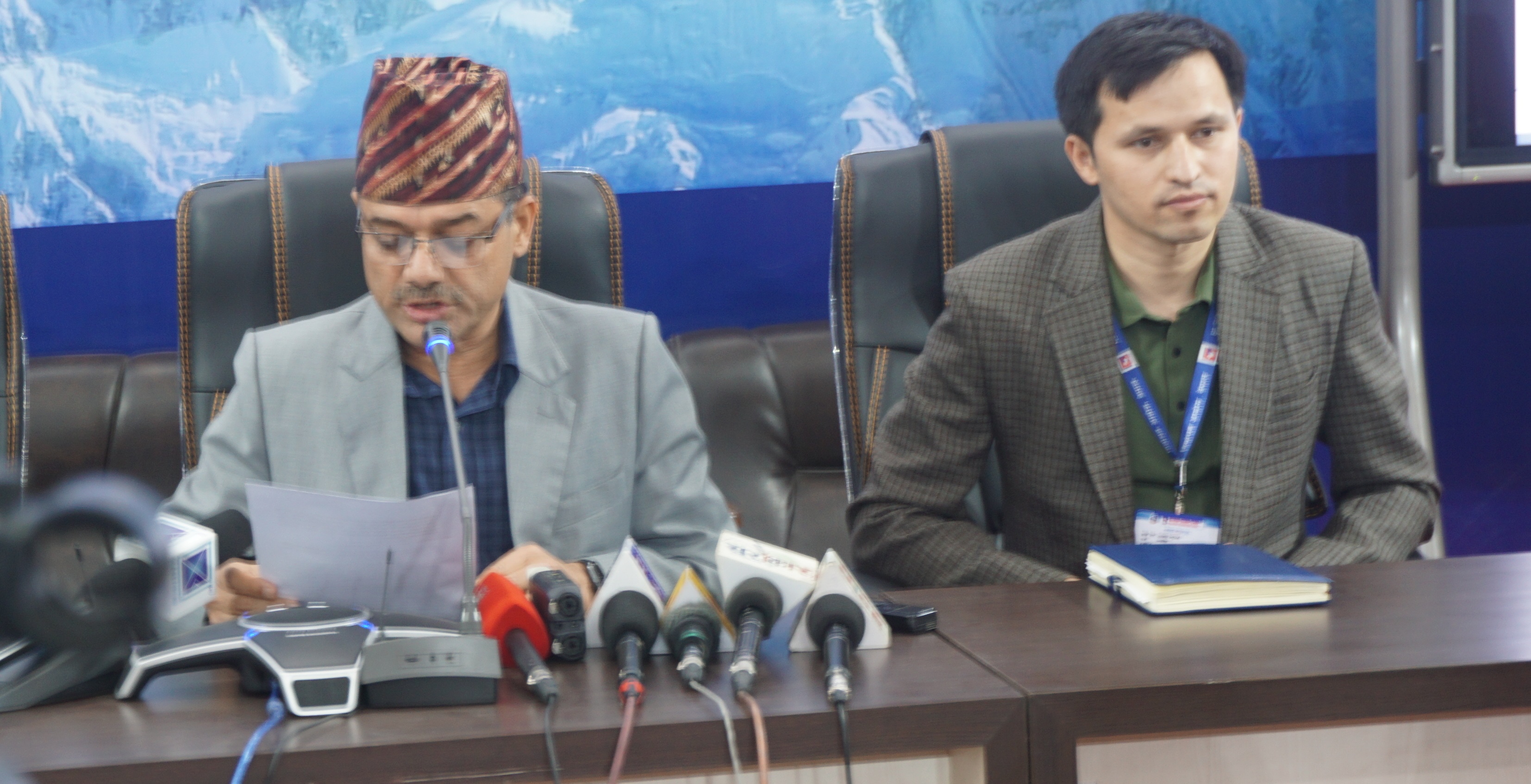
Do not make expressions casting dout on election: EC
14 Apr, 2022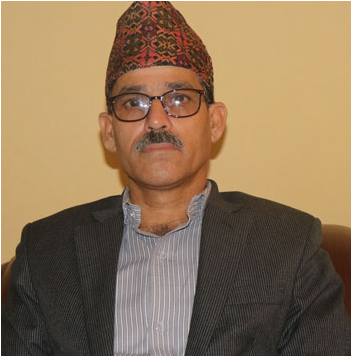
CM Bhatta says may New Year 2079 BS inspire positive thinking
14 Apr, 2022
Three new cases, 44 recoveries in 24 hours
14 Apr, 2022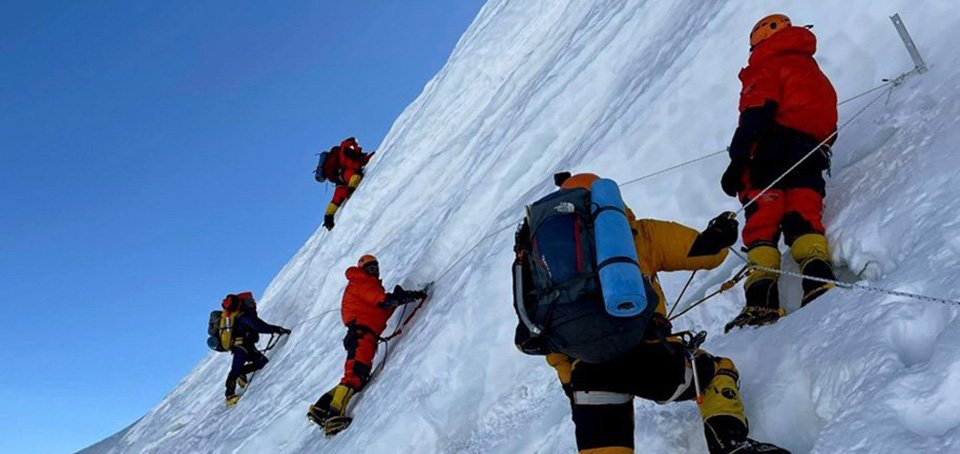
689 climbers of 84 teams so far acquire permits for climbing various peaks this spring season
14 Apr, 2022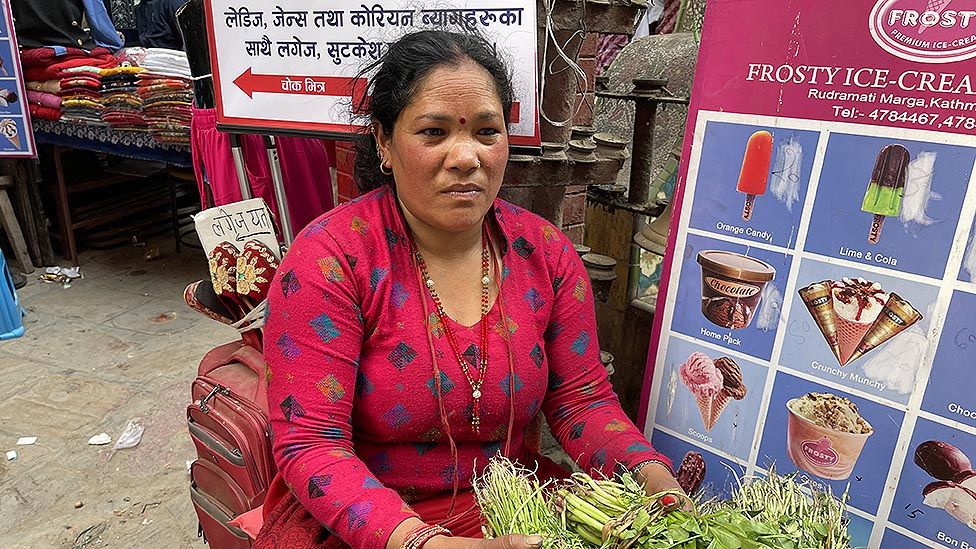
How the rising cost of living crisis is impacting Nepal
14 Apr, 2022
US military confirms an interstellar meteor collided with Earth
14 Apr, 2022
Valneva Covid vaccine approved for use in UK
14 Apr, 2022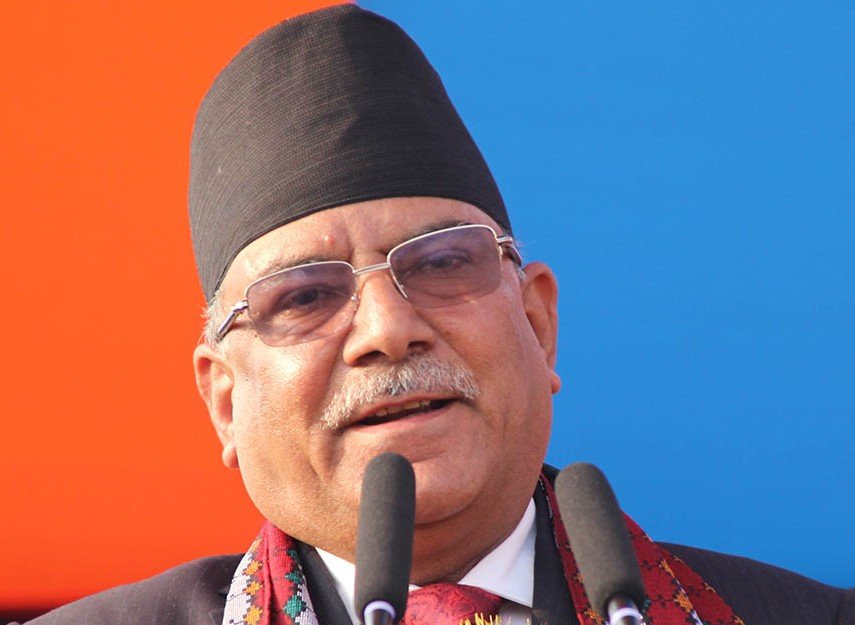
Chair Prachanda highlights need of unity among Maoist, Communist forces
14 Apr, 2022
Ranbir Kapoor and Alia Bhatt: Bollywood toasts star couple on wedding
14 Apr, 2022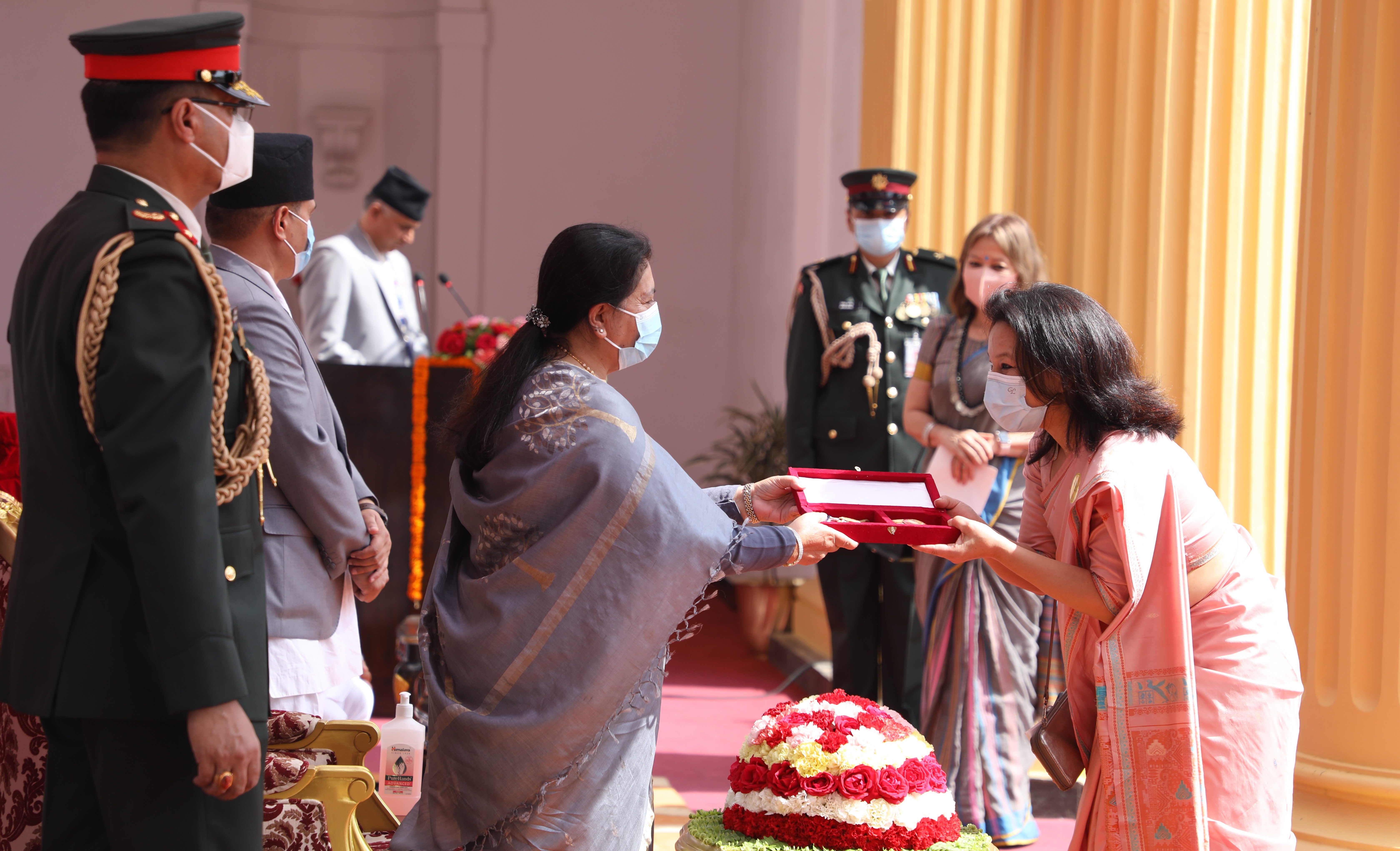
President Bhandari confers decorations (Photo Feature)
14 Apr, 2022
